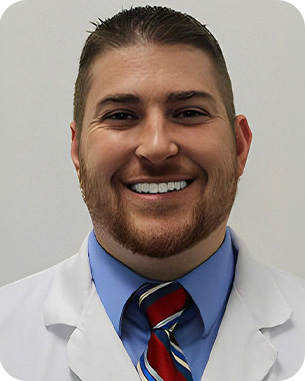When to Use Different Flap Techniques in Implant Dentistry
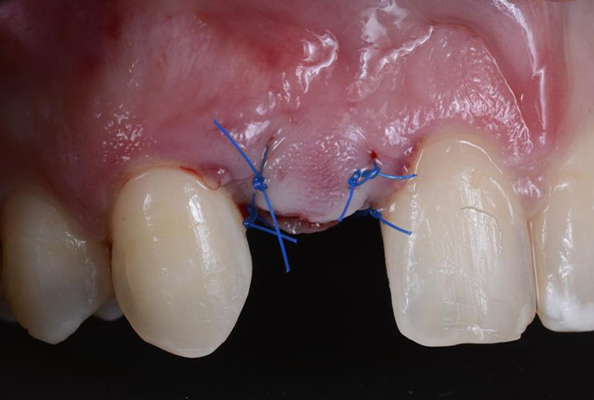
In implant dentistry, the design and technique of the surgical flap play a critical role in achieving predictable, successful outcomes. The decision of which flap technique to use depends on multiple factors, including the implant site, bone quality, soft tissue condition, aesthetic concerns, and the complexity of the surgical procedure. A well-designed flap allows optimal […]
Optimizing Flap Design for Implant Surgery Success
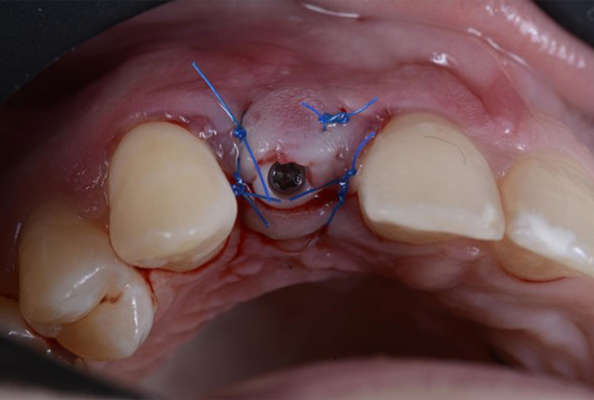
Flap design is one of the most critical aspects of implant surgery, as it directly affects the visibility, accessibility, and preservation of tissue during the procedure. Proper flap design can significantly influence the success of the surgery and the long-term stability of the dental implant. An optimized flap design enhances the surgeon’s ability to place […]
Selecting the Right Bone Graft Material: Autografts, Allografts, and Beyond
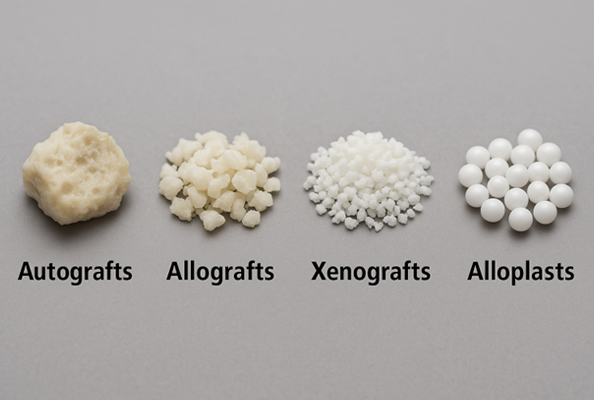
Bone grafting is a cornerstone in modern implant dentistry, enabling clinicians to overcome challenges posed by insufficient bone volume in patients seeking dental implants. The selection of the appropriate bone graft material is pivotal to the success of the graft and the subsequent implant placement. With a variety of options available—ranging from autografts to allografts […]
Bone Grafting 101: Essential Knowledge for Dental Implant Success
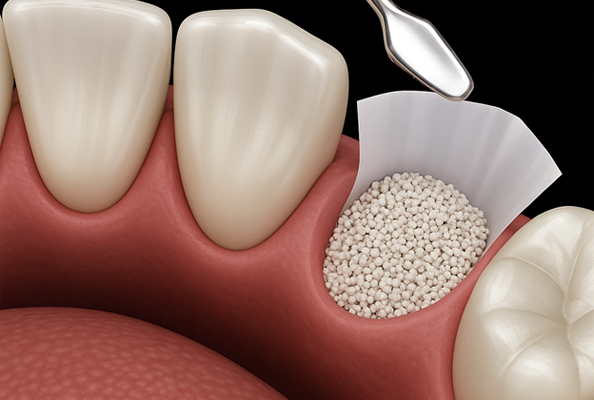
Introduction Bone grafting has become a critical component of dental implantology, especially as the demand for implants increases among patients with compromised bone structures. Successful dental implant placement depends not only on the surgical precision of implant insertion but also on the ability to restore and maintain adequate bone volume and quality. In situations where […]
Innovative Techniques in Minimally Invasive Sinus Lift Procedures
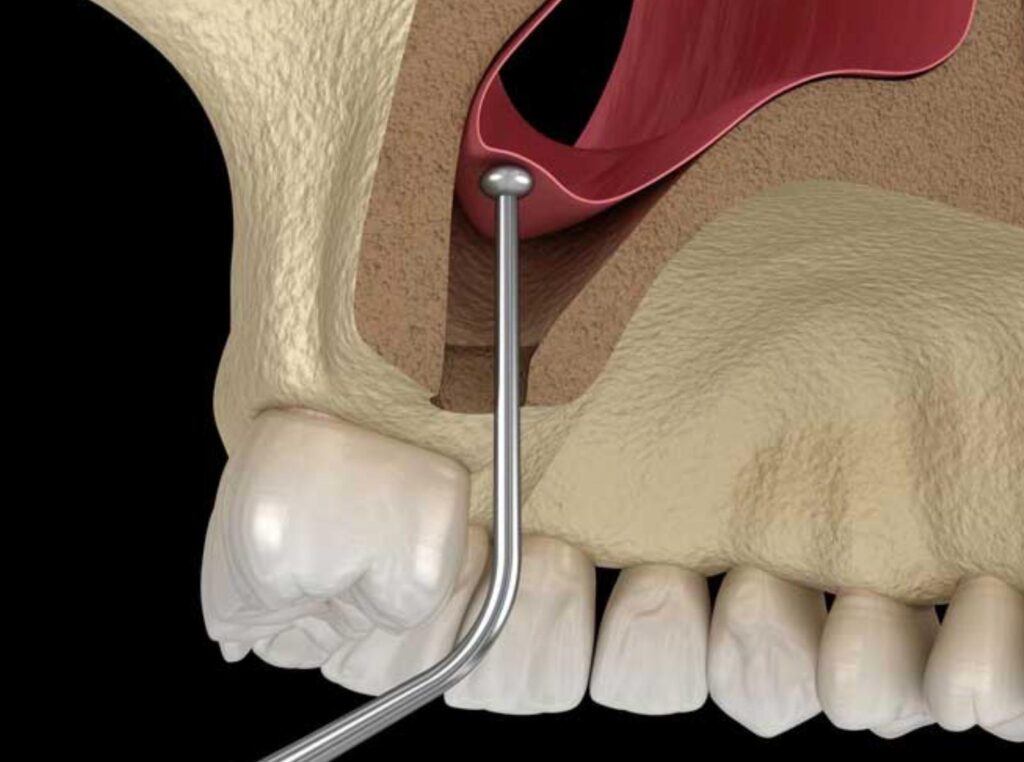
Sinus lift procedures have become an essential part of modern implant dentistry, allowing for the successful placement of dental implants in the posterior maxilla, where bone volume is often inadequate due to sinus expansion or resorption. Traditionally, sinus lifts involved invasive surgical approaches with significant recovery times and potential complications. However, advancements in minimally invasive […]
Sinus Lift Complications and How to Avoid Them
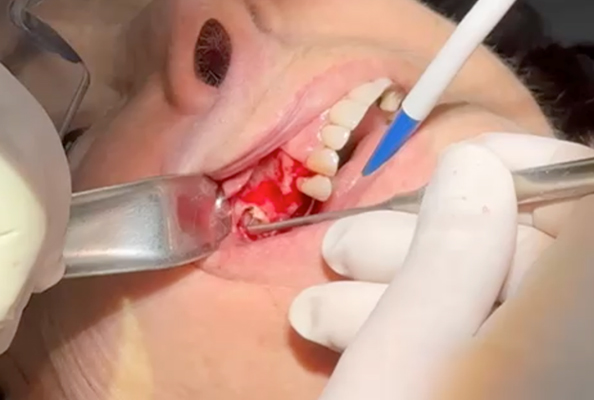
Sinus lift surgery, or sinus augmentation, is a well-established and highly effective procedure in dental implantology. It is commonly performed when there is inadequate bone volume in the posterior maxilla to support dental implants, typically due to bone resorption or the natural expansion of the maxillary sinus. While the sinus lift procedure has a high […]
Sinus Lift Procedures: Indications, Techniques, and Best Practices
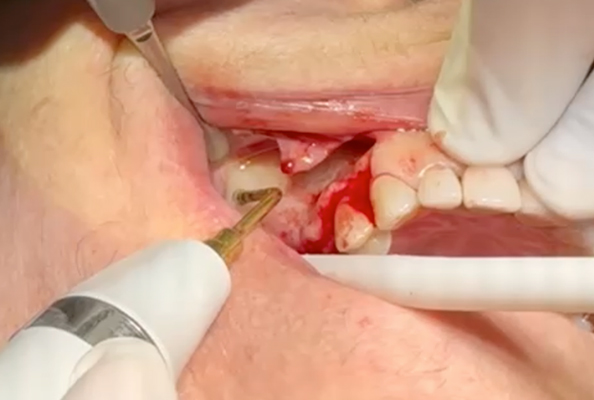
Pterygoid implants are a game-changer in implant dentistry, offering a viable solution for patients with posterior maxillary atrophy or insufficient bone for conventional implant placement. By anchoring implants in the pterygoid region—a dense area of bone near the sphenoid bone—clinicians can restore function and aesthetics without the need for invasive sinus lifts or bone grafting. […]
Real-World Applications of GBR in Dental Implantology
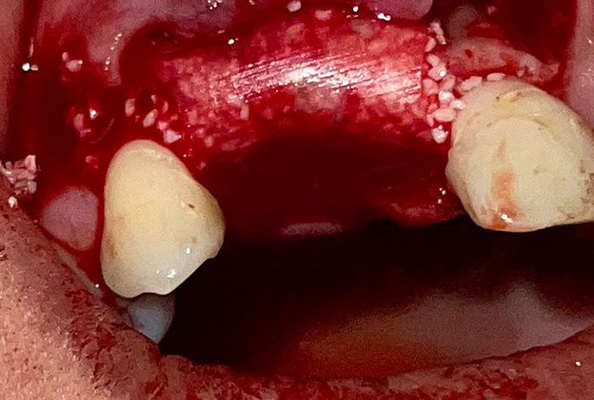
Pterygoid implants are a game-changer in implant dentistry, offering a viable solution for patients with posterior maxillary atrophy or insufficient bone for conventional implant placement. By anchoring implants in the pterygoid region—a dense area of bone near the sphenoid bone—clinicians can restore function and aesthetics without the need for invasive sinus lifts or bone grafting. […]
4 Key Anatomical Considerations for Safe Pterygoid Implantation

Pterygoid implants are a game-changer in implant dentistry, offering a viable solution for patients with posterior maxillary atrophy or insufficient bone for conventional implant placement. By anchoring implants in the pterygoid region—a dense area of bone near the sphenoid bone—clinicians can restore function and aesthetics without the need for invasive sinus lifts or bone grafting. […]
Mastering GBR: A Key Component in Successful Implant Dentistry

Guided Bone Regeneration (GBR) has become one of the cornerstones of modern implant dentistry, especially in the rehabilitation of patients with significant bone loss. Whether due to edentulism, periodontal disease, trauma, or congenital defects, the loss of bone structure often complicates implant placement, necessitating techniques such as GBR to provide the foundation for successful implant […]









